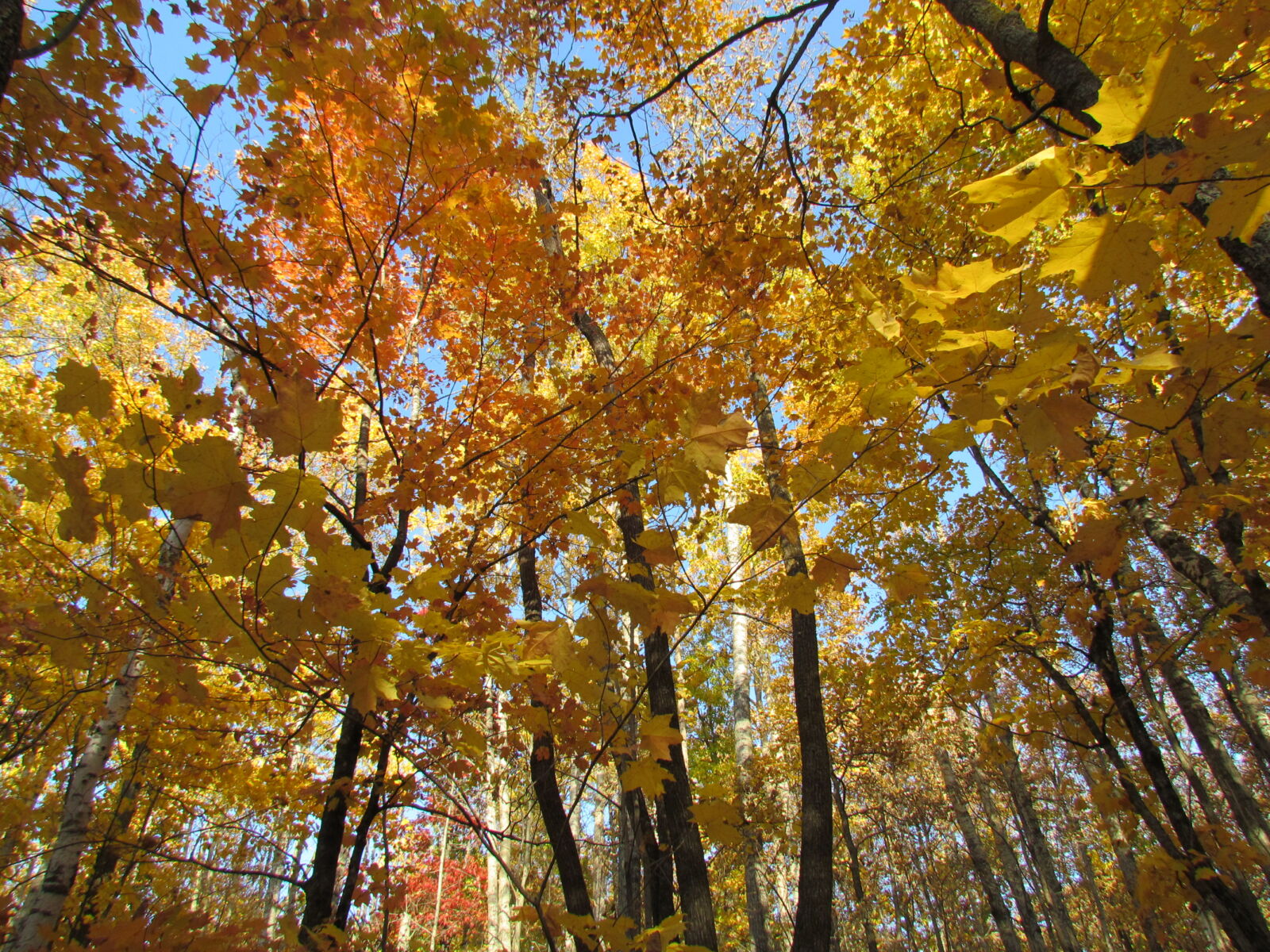Chippewa National Forest
The Chippewa National Forest is located in the heart of northern Minnesota. This northern hardwood Forest stands between the western prairies and the northern boreal forest to the north and east. The border is shared with Canada, with the Leech Lake Band of Ojibwe.
The Chippewa is at the headwaters of two major drainages: The Mississippi River and Hudson Bay. Nineteen watersheds lace the Forest with 400,000 acres of open water; 1,300 lakes including three of Minnesota's five largest, 923 miles of streams and over 400,000 acres of wetlands.
The Chippewa National Forest is considered one of the most aquatic National Forests, with more than 400,000 acres of open water and wetlands, many of them habitat for wild rice.
Not surprising, two Wild and Scenic Rivers flow through this Forest.
The Chippewa National Forest is one of the few areas with wetlands that are essentially unchanged since settlement. The combined acreage of lakes, streams and wetlands represents half of the 1.6 million acres within the Chippewa National Forest boundary. As you can imagine, this Forest is a great place to go fishing.
Travel the route of the Anishinabe Indians and the early explorers via canoe. The Forest offers nine canoe routes, ranging from the mighty Mississippi and the unpredictable Leech Lake to the slow moving Shingobee River and other small creeks. These canoe routes offer excellent opportunities to view bald eagles, loons, and a variety of northern Minnesota wildlife. Walleye, northern pike, and panfishing is good along most of the routes.

The Chippewa National Forest is home to the highest breeding population of Bald Eagles in the lower 48 Unites States! Over 150 pairs of the magnificent birds live among the pines and lakes of the Forest. Eagles have been monitored on the Chippewa since 1962. Eagles are often seen soaring near the larger lakes and along the Mississippi River, or perching in old growth trees on points of land on the windy side of lakes. The bald eagle is a threatened species in Minnesota.
Enjoy a Scenic Drive through the Forest, or experience it by bike on one of the paved or unpaved paths. There is no better way to see the Chippewa National Forest than from a trail. The Forest provides over 298 miles of non-motorized trails. Equestrians will enjoy the Cut Foot Sioux Horse Camp and surrounding trail system.
Spend the night in a campground or backcountry campsite and you might be treated a viewing of the Northern Lights.
Under a blanket of snow, the Chippewa National Forest becomes a land of unexplored adventures. Over 330 miles ofsnowmobile trails provide snowmobilers access to 1,500 lakes, scenic woodlands, and frozen wetlands. Trails connect to nearly 200 miles of routes surrounding the Forest. There are over 150 miles of cross-country ski trails on the Forest.
This Forest is rich in history. Originally know as the Minnesota National Forest, the name was changed in 1928 to honor the original inhabitants. Today, the Forest and the Leech Lake Indian Reservation share boundaries and offer visitors a chance to experience Anishinabe culture.

